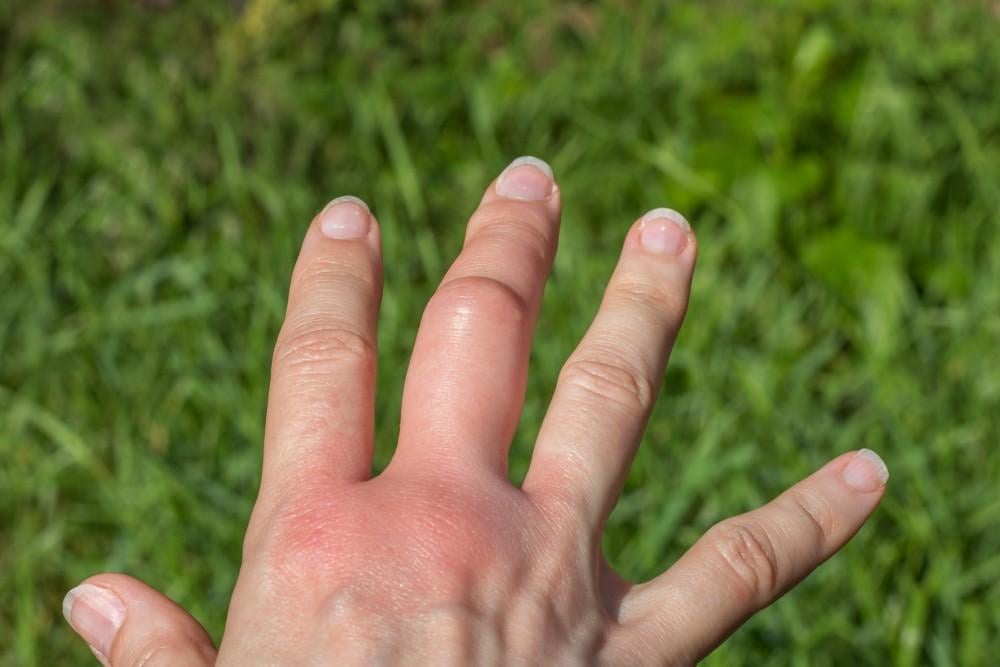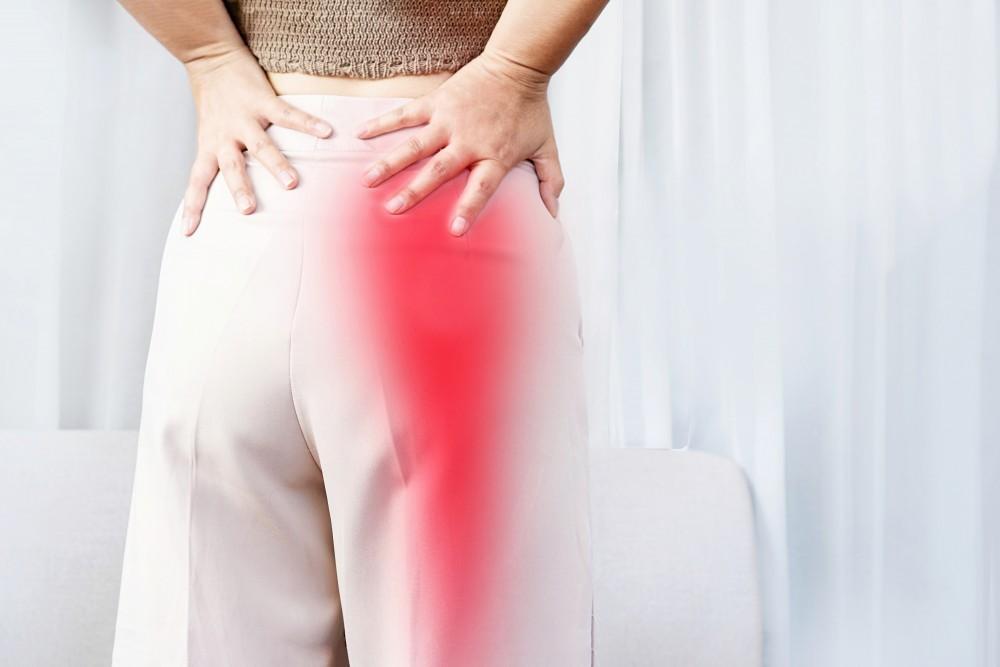As many as 40% of the population will experience sciatic nerve pain in their life. All who experience it will know sciatica pain is intense and unrelenting. Many people suffer through sciatica and don’t get the help that could best treat their pain.
The treatments that help the debilitating pain of sciatica focus on helping you heal, controlling your pain, and keeping you as active as possible. There’s also spinal decompression therapy and other Chiropractic treatments that can treat your pain and discomfort. One of the most important things to know is you want to avoid sitting for extended periods.
Sitting increases pressure on the discs in your lower back. The below informational guide will help you recognize a sciatica episode when it happens. The information will also let you know how to treat sciatica with methods based on your level of pain.
What is Sciatica?
Sciatica is actually a broad diagnosis that can be caused my several underlying factors such as a lumbar disc herniation, SI Joint dysfunction, Piriformis syndrome, and even a pelvic imbalance.
The sciatic nerve carries messages from the brain to the spinal cord and then onto the legs. When you have sciatica, you experience pain radiating down one side of your back and leg. The most common reason for getting sciatica is a bulging disc in your lower back.
You may have heard people call it a herniated disc. In your body, discs serve as a tire-like buffer structure. The disc tire-like buffer sits between the bones of your spine.
If the rim of the disc tears, the disc’s tire-like jelly interior comes out and pinches or inflames nearby nerves. You usually will suffer from a sciatica episode between the ages of 30-50.
Other Conditions That Can Cause Sciatica
Some of the most common causes of sciatica are:
- Pregnancy
- Injury to the back that puts pressure on the sciatic nerve
- Degenerative disk disease which wears away the cushions in the spine
- Lumbar spinal stenosis which is a narrowing of the spinal cord
- Osteoarthritis, which occurs as discs naturally age, dry out, and shrink
- Sports injury
Exercise and keeping your core strength is beneficial in preventing sciatica. But when sciatica strikes, seeking chiropractic state-of-the-art treatments and procedures can help. You want to begin healing with self-care and nonsurgical options as soon as you can.
You want to correct the problem and restore all functions. Most importantly, you want to eliminate the pain and try to prevent re-injury.
Treatments for Sciatica
When you are suffering from mild to moderate conditions of sciatica, treatments are as wide and varied as the causes for it. There are some simple, common-sense things you can do to help alleviate some of the pain. Common treatments are:
- Heat and Ice – The heat/ice packs they sell at drug stores, they can help sciatic pain in the first phase. You need to apply the ice and heat treatment in an alternate pattern in 20-minute increments.
- Over the counter NSAIDs – NSAIDs like ibuprofen can reduce the inflammation of sciatica. The reduction of inflammation helps reduce pain, but you don’t want to be on these meds for an extended period due to the damaging effects of long-term use.
- Adjunctive therapies, like Chiropractic services, are one of the most beneficial ways to treat sciatica pain and discomfort because it treats the root cause of the issue. Chiropractic services help strengthen the back and promote healing for long-term benefits.
Spinal Decompression
The pain in your back may be sciatica related or not. Regardless, there are almost 31 million people with back issues every day of the week. Spinal decompression helps give you almost immediate relief from most of the back pain with lasting results.
Spinal manipulation is a non-drug spine pain treatment that helps advance your physical therapy and needs very few passive forms of treatment. In other words, you don’t have to go to bed and stay there while you recover.
There is a lot of research that supports spinal decompression. There is strong evidence that spinal decompression is as effective as surgery or medical care combined with exercise. Some studies suggest the spinal decompression is as effective as NSAIDs when combined with exercise.
How Does Spinal Decompression Work?
Spinal decompression therapy is for when your sciatic pain is severe. The decompression therapy entails your doctor placing a harness around your pelvis and another harness around the trunk of your body. Then you lay down on a table.
Your decompression treatment is customized and mapped out on a computer based on your medical tests and what your spine needs most.
The spinal decompression is about 20 minutes long, but it can sometimes go longer if needed. If you are still having some sciatic pain, the treatments can continue. After your decompression, you may need anything from chiropractic care, rehabilitation, electric pulses, or ultrasound.
You can also have epidural steroid injections to treat severe cases of sciatic pain. The injections occur in the area of pain around the inflamed sciatic nerve. The pain will diminish substantially, and the results last from a month to a year.
Sciatic Pain Solutions
You don’t need to have surgery every time something in your body misfires or has issues, although people tend to think that way sometimes. There are many holistic, therapeutic, and medical treatments to try before throwing in the towel and scheduling surgery.
The next time you are suffering from sciatica pain, consider the options out there. We can ease your pain with treatments and exercises tailored to you. Reach out to us and let’s alleviate your pain without major surgery or pharmaceutical drugs.
It doesn’t matter if your sciatic pain came from playing sports or wrenching your back lifting boxes, there’s a treatment we can customize for you.




